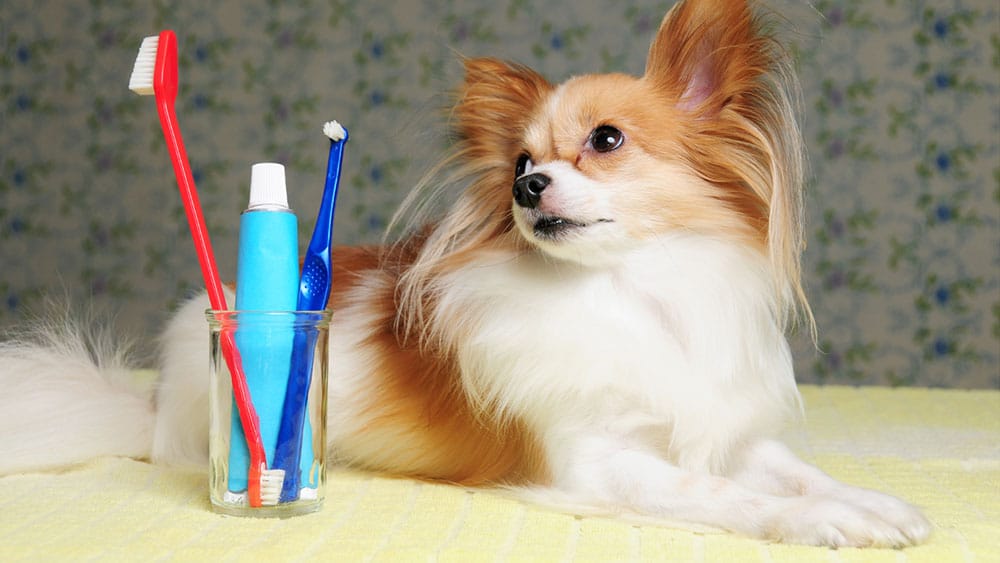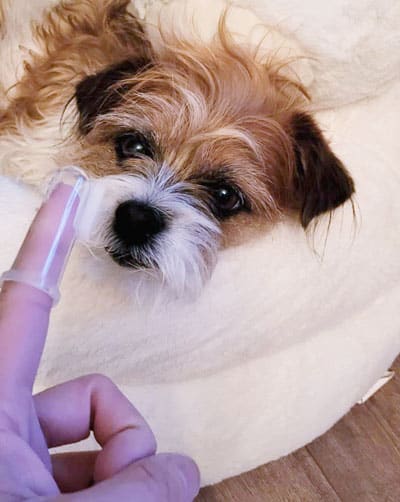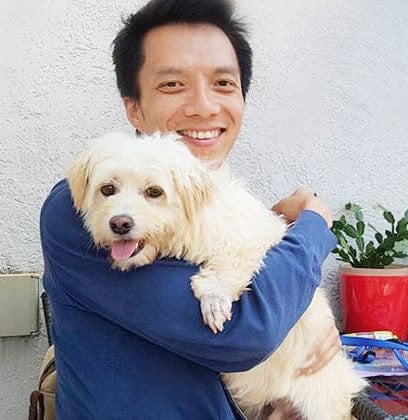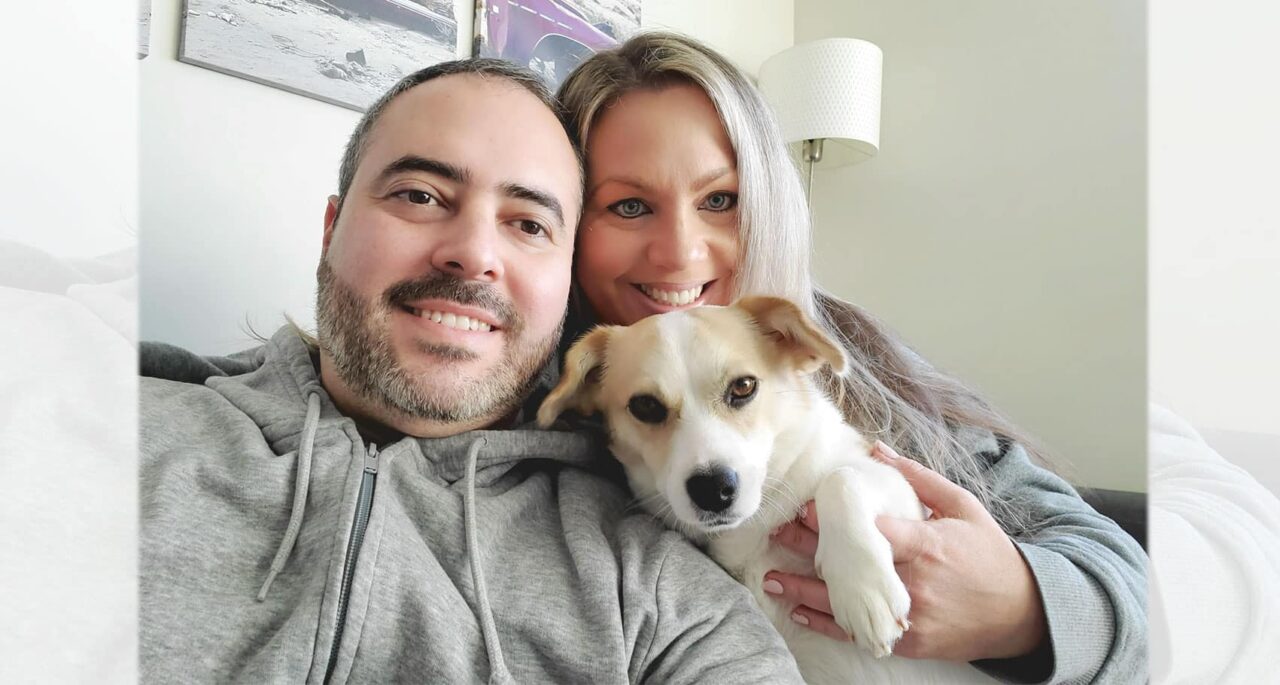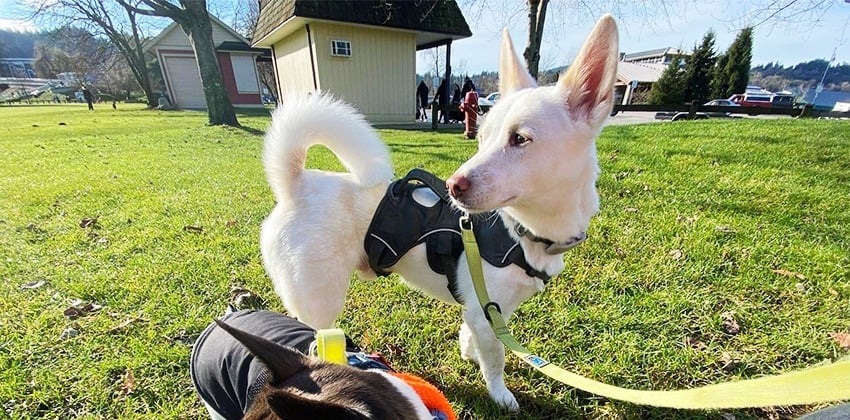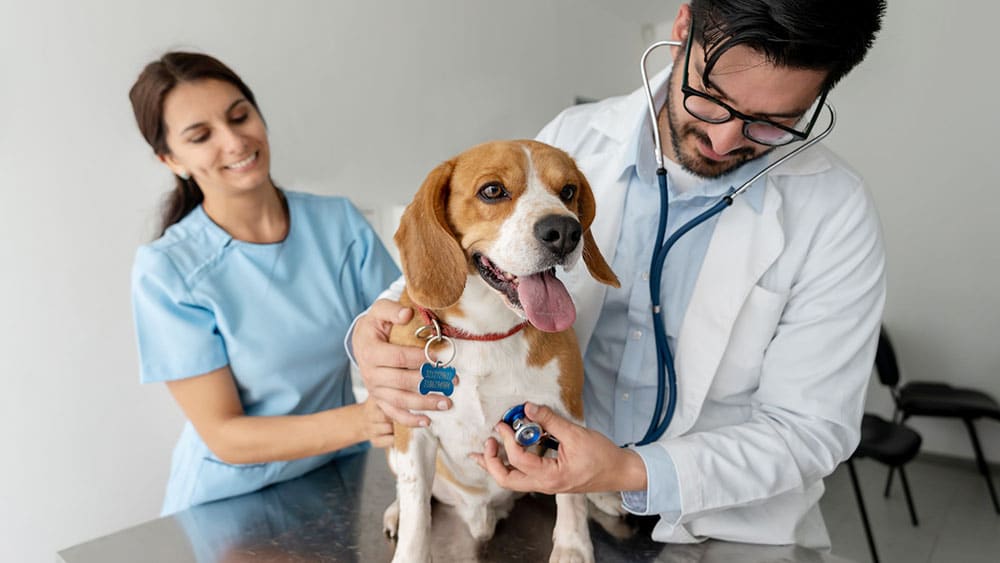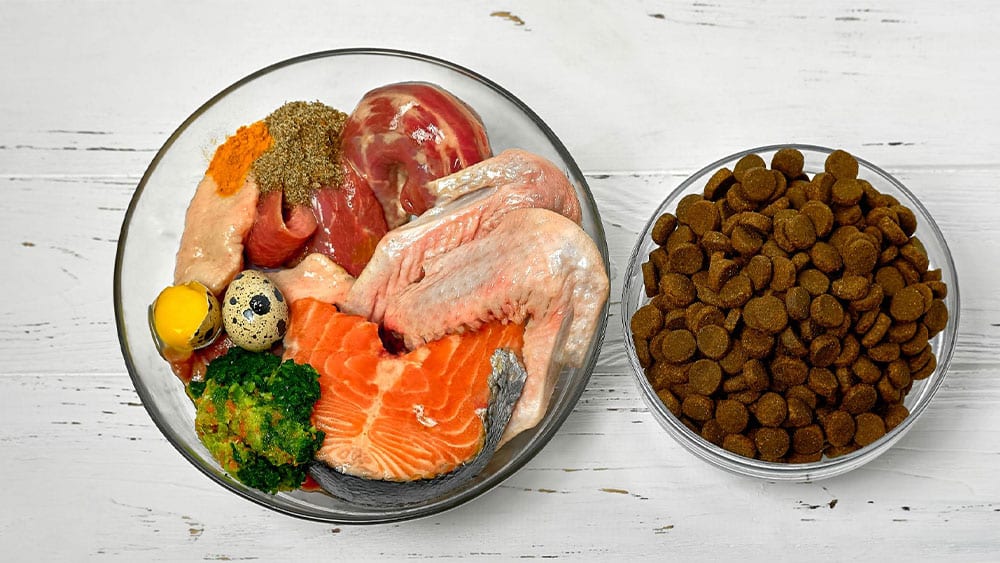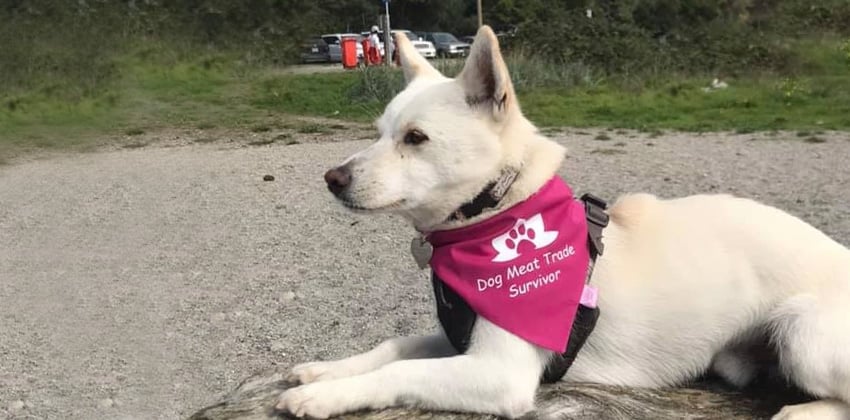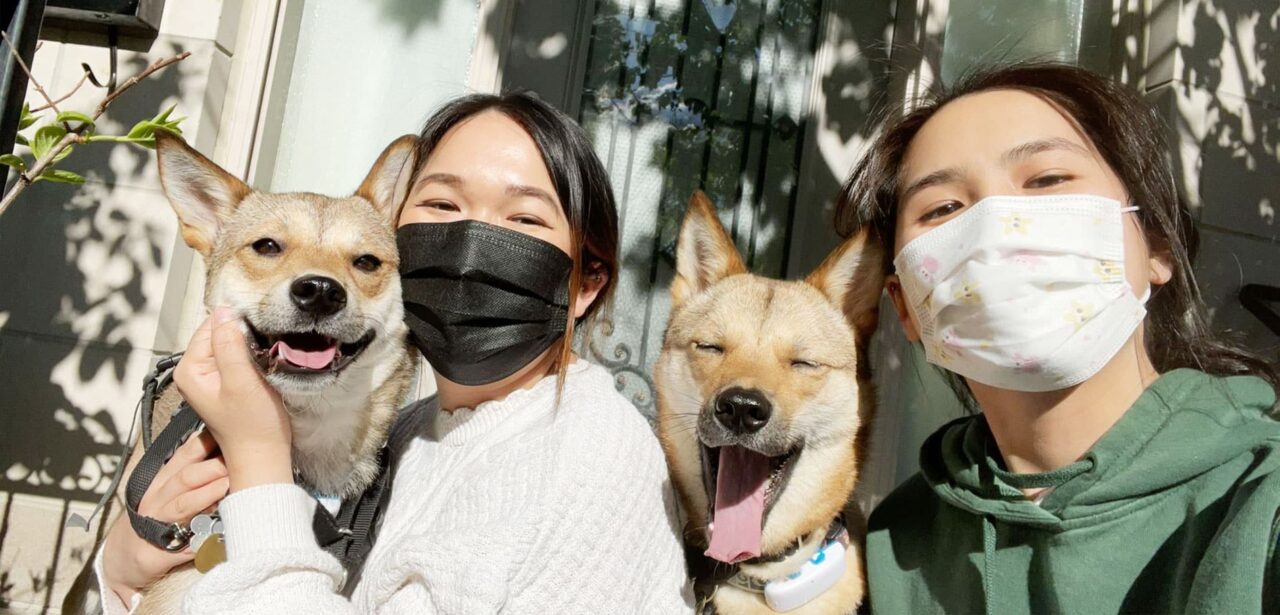Keep Your Dog’s Dental Health “Teeth-rific” at Home
Guest article by William Yang
As doggie parents, we can all agree we want our dogs to have healthy teeth and mouths. A good dental care routine for our dogs has many benefits – it is not just about cleaning white teeth and preventing bad dog breath. Bacteria in the plaque can go into the bloodstream of a dog and cause organ damage as it can spread to the heart, kidneys, and liver.
Regular veterinarian visits and following your vet’s recommendation are a must. Professional dog teeth cleaning requires anesthesia – I know not everyone, including myself, is comfortable with this requirement. If we could implement a regular at-home dental care routine so that when you and your doggie visit the vet next, you get a clean bill of dental health without additional procedures – why wouldn’t we? Here are a few ideas.
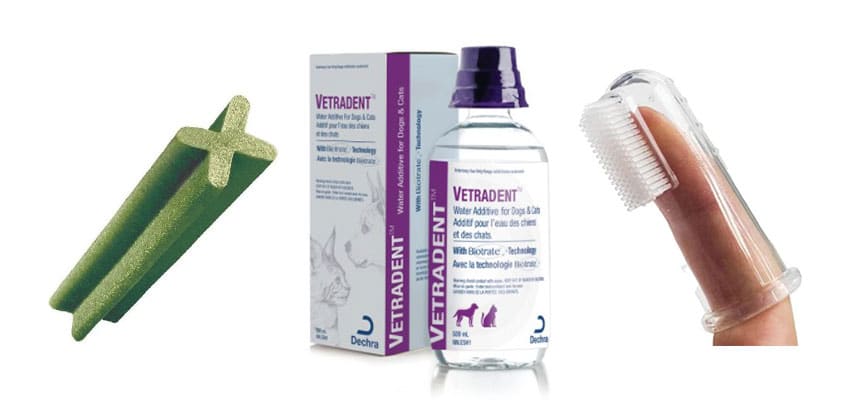
Dog Dental Treats
Remember to read & follow the instructions carefully. Check the feeding portion vs. your dog’s weight. I use Pedigree Dentastix (Made in Canada and approved by the Veterinary Oral Health Council). I have two dogs – 16 lbs / 11 lbs; using Pedigree Dentastix – Medium Breed (22-55 lbs), I break each stick into a 60/40 split for my dogs. I give them the chew stick once every 2 days or so. Ensure there is plenty of water around. Chew sticks will not solve everything because most of our dogs chew on one side so likely one side of its teeth is cleaner vs. the other side. (I came across a website with a simple rule – if the chew item/toy is too tough to indent with your fingernails, it is too tough for our dog’s teeth. Ideally, the chew should provide some give/resistance; therefore, I personally avoid getting bones/hooves/antlers/bully sticks, etc. for my dogs)
Dental Water
The one I use is only available at your veterinarian’s office; apparently vets in B.C., Canada do not carry them; fellow FKD adopters in B.C. would have to ask their vet to special order them. Vetradent Liquid Water – Add the suggested portion to your dog’s drinking water – Simple! It will break down some of the built-up and plaque.
Daily Brushing
This is NOT easy & requires practice. Allow me to share my personal step-by-step journey:
- Ensure you have built trust with your dog – you have to be the judge of what this means! Do not attempt to do this with the dog you recently adopted!!!!
- Have your dog sit in front of you AND the dog is also facing forward (not facing you, so you are behind your dog & you are seeing its back/back of its head). Start by touching its mouth/lip lift up its lip and touch its teeth and gum with your index fingers. This way your dog is used to having you lift its face/lip and the touch of your finger on its gum/teeth. I did that over and over for about a couple of weeks – you can do it when you are watching TV together!
- Next step: Wear the Finger Toothbrush and do the same exercise – not brushing yet, just gently touching around its gum and teeth. I did that for approx. 1 week.
- You will get a sense of the resistance level from your dog. I think using a regular dog toothbrush and approaching your dog face to face will be a challenge – from your dog’s point of view, you are holding a stick-type object and shoving the object in its mouth – I think we can all agree why your dog would hate it. But with the finger approach, I find it is a bonding experience/bonding moment as well.
- By approx. week 3: Get a good quality toothpaste & let your dog taste it first. Here is one I use (peanut butter flavor) – Petkin. If your doggie approves, then you are ready! Resume the position from step 2 & use the finger toothbrush with the toothpaste – Start with a gentle surface brush, focusing on the area between the teeth and gum line. Practice, practice, practice….. Once your dog is used to this routine you can explore deeper into its mouth and perform a deeper clean.
Subscribe for Updates
Get our dogs in your inbox once a month, along with our latest news and events. We never send spam, and you can opt out at any time.
